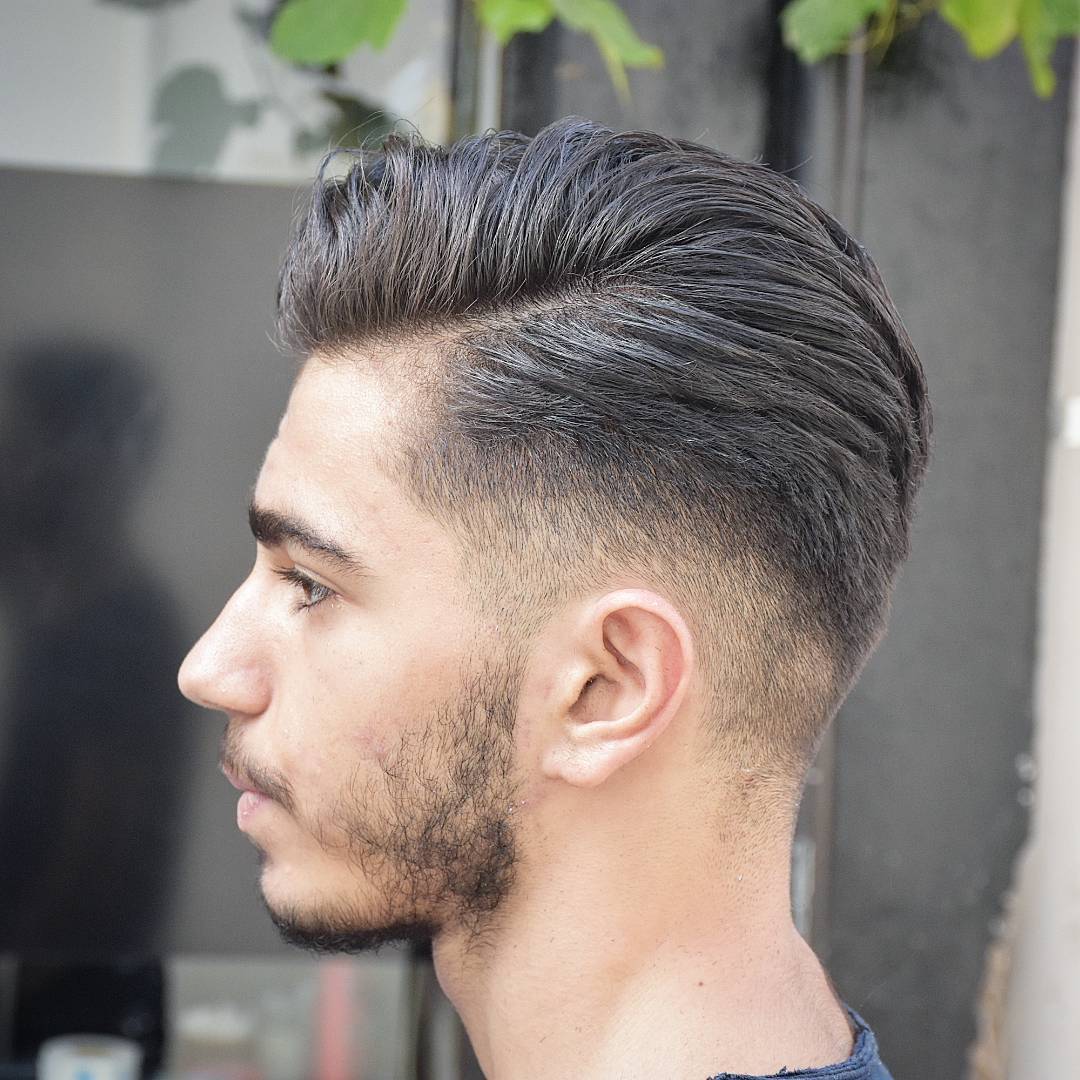Table of Content
The 250-ohm impedance means the DT 770 Pros preserve more touch and articulation at lower volumes. This helps you to hear subtle differences in your music without cranking up the volume. The other core piece is the TM-80 cardioid condenser mic. And until your ears develop a basic grasp of this skill, you won’t really know if things are sounding good or not. Cheap mic cables break quickly, and can be extremely vulnerable to noise from handling and radio interference.
Whether it’s speaker cables, microphone cables, or instrument cables, they can be very cheap or very expensive. As a newbie, you can completely ignore the extremely high-end cables for now. But, if possible, try to aim one or two steps above the very cheapest to get you started. The audio interface is the thing that connects your external equipment to your computer, allowing you to record audio tracks. Some versions of certain DAWs are often included free with audio interfaces or MIDI controllers, a nice money-saving tip.
Studio Headphones
It’s a budget-friendly “upgrade” option that provides all of the core equipment for a studio for recording. Cardioid signal pattern and sounds smooth and clear recording acoustic guitars and keyboards. You also get closed-back studio headphones to monitor your tracks in real time. Now, this is far more exciting than cables and stands. Initially, your budget might not stretch to additional plugins and virtual instruments, and that’s fine.
Today we live in a digital world, so pretty much everything can be accomplished with a computer. Actually, in order to produce a song, it is enough to have a laptop and music production software. As for audio interface, get the entry level versions found here. I don’t recommend investing in a ribbon mic just yet.
Can a Home Recording Studio Be Too Cheap?
Home recording is expensive enough without having to buy a dozens of instruments as well. Sometimes in advanced studios, engineers need to compare how their mixes sound over a variety of playback devices. The next thing you may want to add is some extra outputs for multiple studio monitors. And in studios that can afford one, this added functionality can make the entire recording process much easier for everyone involved.
It’s slightly more expensive, but offers much better sound quality and flexibility. Beyerdynamic DT 770 Pro discussed earlier above, and our detailed articles for the best headphone brands and in ear monitors. The Rokit monitors connect to the KRK app, which can give you tailored room correction tools. The sound pressure rating runs up to 136dB, so you can also deploy the mic on drums and amps without damage. If you want a bundle that focuses as much on the software as on the hardware, then you need to check out the PreSonus AudioBox 96 recording bundle. With the included XLR and USB cables, it’s easy to record straight into any DAW on your Mac or PC.
How to Choose the Best Home Recording Studio Package For You
It’s compatible with both Mac and PC and you get a set of XLR and USB cables to connect your interface to your computer. If you plan to record any vocals or live instruments like acoustic guitar, then you’ll need a microphone. The first choice you’ll have to make is whether to go for a condenser microphone or a dynamic microphone.

As the name would suggest, they have a ribbon that’s used to pick up sound. In a home studio, you’re always going to have to deal with weird sound issues. The trick to creating a good home recording studio is to plan your space accordingly so that you can minimize those issues as much as possible. The dynamic mics excel at close range, while the condensers are more versatile. They’re clear and bright whether you mount them above your kit or use them to record other instruments. On a typical list of home recording studio essentials, you might not even see ear training software at all.
They’re professional-quality mics that will pick up sound accurately. Even if you have some studio monitors, you need a good pair of cans. Professional-quality headphones can serve multiple purposes. Not only can they be used for mixing your music to perfection, but they’re also needed for recording. You can pop them on to hear what’s being fed through the mic to ensure that you sound how you want.
Not only is it possible to start off with just a simple studio…it’s actually preferable. Now obviously, there’s way more to a pro studio than just these 3 additional items. But since many of you are at least curious about it, I might as well give you a few examples of how pro studios differ from amateur ones. Because the truth is…it’s extremely tough to be successful in the pro audio business. These days, virtually all DAW’s offer a bundle of free software plugins as part of their package.
If you’re on a budget or just want to minimize your hassle, an all-in-one kit will be your best bet. Your mics to both your audio interface and your DAW. Thankfully, almost every bundle includes a couple of XLR cables, but be sure to look for longer cables for extra flexibility as you record. Along with the interface and microphone, this bundle includes both Ableton Live Lite and ProTools First.
The same concept applies with microphone stands as with studio cables. Microphones have been around since long before recording studios ever existed. For many vocal styles and most acoustic guitar playing, a condenser microphone will most likely offer more versatility. For example, if you want to mic up a guitar amp, especially for genres like heavy rock and metal, a dynamic microphone might be best.

No comments:
Post a Comment